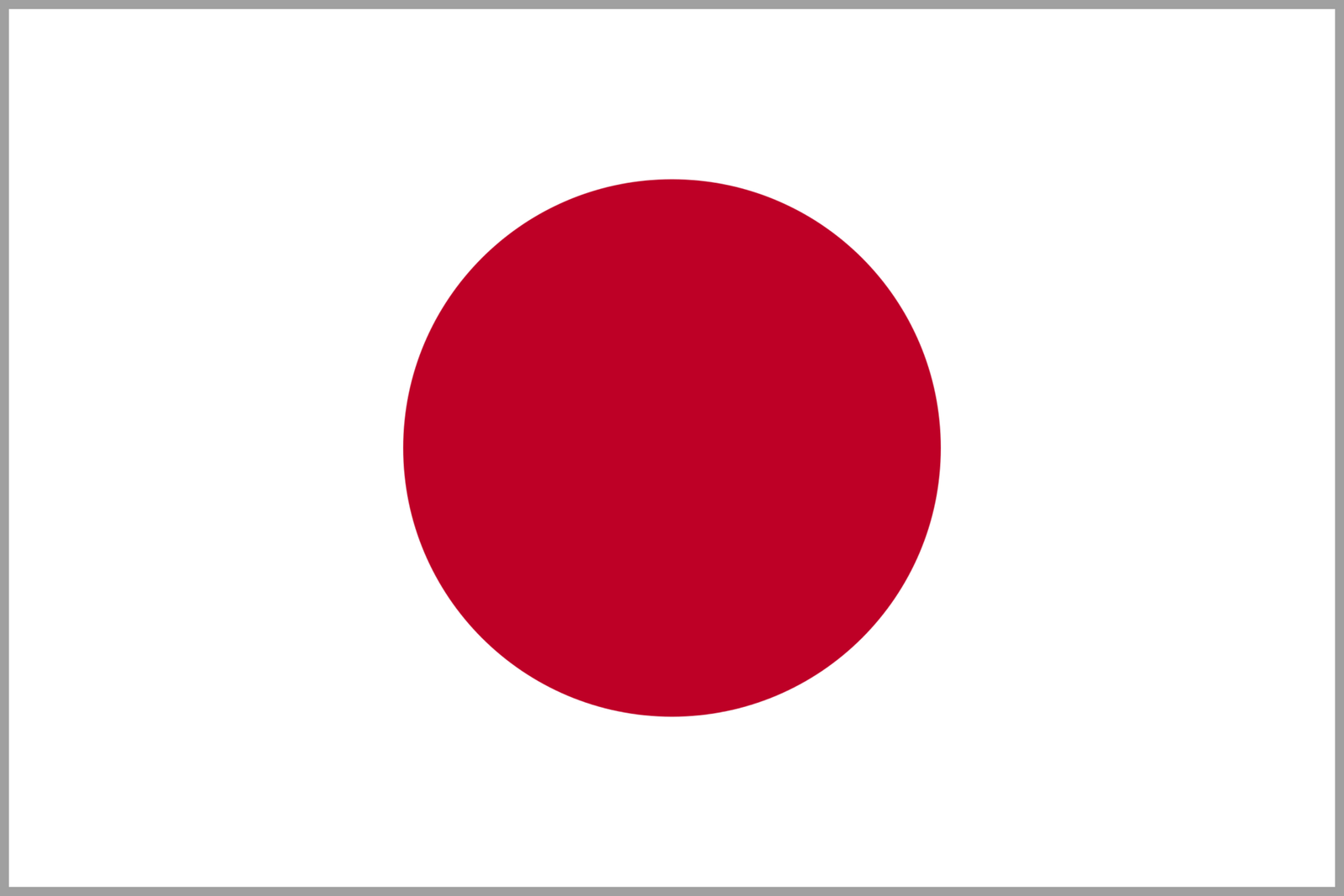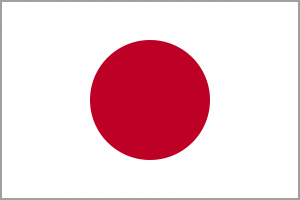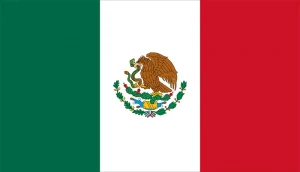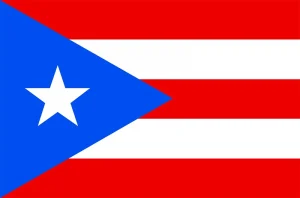
In recent years, anime and its comic strip equivalent manga have gained popularity in the United Kingdom and throughout the Western world. Because anime is frequently aimed at adult audiences, foreign anime enthusiasts believe that they love the intensity of the narratives, with the endings being exciting to guess.
Japan
Anime and manga have long been a part of Japanese society, and their popularity has remained stable across generations. The unique ability of anime to develop with its viewers is one of the key reasons why it has stood the test of time and increased in popularity around the world. Takamasa Sakurai, a well-known anime expert, says that the genre has gained popularity because of its unorthodox nature: “Japanese animation broke the tradition that anime is something that youngsters watch.” It is one of the Top 25 countries where people watch anime the most.
China
China isn’t just a potential market for new Japanese anime or films. Rather, it could be the key to ensuring that Japanese anime survives for another decade or two!
Japanese anime films like Kimi no Na wa would not have received Oscar nominations or grossed large sums of money if it weren’t for the money from over a billion Chinese moviegoers. It is one of the Top 25 countries where people watch anime the most.
Philippines
Despite its negative connotations, anime is certainly gaining popularity in Philippines. Furthermore, the popularity of anime in the Philippines has allowed people to express themselves, establish friends, and learn more about Japanese culture and art. Even older anime is occasionally reintroduced to the public eye, and it is then picked up on.
Spain
During the 1990s, most televised anime series were also dubbed in Spanish. This helps to explain why the quantity of animes dubbed in this language has skyrocketed in recent years.
Argentina, Bolivia, Chile, Colombia, Mexico, Peru, and Venezuela were among the Spanish-speaking countries that received Spanish-dubbed animes. If other nations can view anime in their languages, the number of anime fans in those countries will rise. It is one of the Top 25 countries where people watch anime the most.
Brazil
Dragon Ball Z and Sailor Moon were popular with kids in the early 1990s. When Brazilian kids in the 1990s wanted to talk about anime on the internet, they had to go to “Internet Cafés” and pay hourly rates.
This pastime of visiting Internet Cafés not only explains why anime is so popular in Brazil, but also explains how anime became the buzz of many Latin American towns and cities. It is one of the Top 25 countries where people watch anime the most.
Indonesia
In Indonesia, manga and anime are extremely popular. Manga and anime are like best friends who live within their imaginations, especially for the kids of the 1990s. Comics and cartoons are also referred to as manga and anime, respectively. Manga, on the other hand, grew in popularity with animation. Doraemon was introduced to the 1980s youngster generation by private television networks such as RCTI and Indosiar. As time passes, new anime series emerge, such as Sailor Moon, Dragon Ball, Naruto, and One Piece, until Naruto and One Piece become the new idols. It is one of the Top 25 countries where people watch anime the most.
Mexico
Anime appealed to Mexican fans for a variety of reasons, including the fact that its stories often mirrored shared Mexican-Japanese family values, featured strong messages of resilience, and the narrative tropes echoed popular telenovela formats.
Iraq
Since the 1970s, many dubbed Japanese anime programs have been broadcast on local television in Iraq. Captain Tsubasa, also known as Captain Majid in the region, and Grendizer have become part of Arab youth pop culture.
Guatemala
Inuyasha, Samurai X, The Knights of the Zodiac, Super Champions, and Pokemon were among the first animes to be broadcast on open television channels in Guatemala, followed by cable television channels such as Toonami on Cartoon Network, Animax, and ZAAZ, among others. This was when the most popular animes broadcast in Latin America, such as Inuyasha, Samurai X, The Knights of the Zodiac, Super Champions, and Pokemon, were released. People who were enthralled with Japanese animation grew dissatisfied with the limited variety available on television channels, so they began to migrate to the Internet.
Russia
Russia has long been a mystery, one that filmmakers, painters, and screenwriters have attempted to solve to varying degrees of success. The image of Russia in the West is closely linked to vodka, borsch, and weather-beaten bricks. For a long time, Russian characters in Japanese anime were based on clichés, yet they differed from Western characters in many ways. They have, however, mostly outgrown their hackneyed image over the last couple of decades.
Algeria
Anime is getting fame in Algeria and about a quarter of all teenagers saw at least 5-6 entire anime episodes. The most popular animes are DBZ, Naruto, One Piece, Death Note, Kuroko no Basket. Detective Conan is also among the most popular animes watched.
Latin America
The popularity of anime in Latin America has remained consistent to this day, and for anime and manga creators, the historical and mythological backgrounds of Latin American civilizations provide a comparatively new area. The latest arc of Dr. Stone takes the cast to South America, where the petrification is thought to have started. Onyx Equinox and Netflix’s Seis Manos are two examples of Mexican American creators who have created anime-inspired programs. Anime-inspired studios have already begun to appear in South America, such as Bellolandia in Argentina, whose work has been compared to that of TRIGGER and Science SARU.
Puerto Rico
Although Puerto Rico is a United States colony, anime consumption on the island was for a long time unfamiliar to anime lovers in the United States. The island is at a great geographical location, sandwiched between the two continents of America. Similarly, media from both continents reaches us regularly: local Puerto Rican newspapers and broadcasters would regularly distribute media from the US, just as they would from Colombia. When it comes to anime, this results in a vibrant mix.
Panama
Anime has a sizable and devoted fan base all around the world, and Panama is no exception. So, what exactly is Anime for the uninitiated? Anime refers to a Japanese comic book and video cartoon animation style. It has a slew of websites dedicated to it. Anime is a popular style in Japanese manga and comic books. Comic book is a popular source of entertainment in Japan, both for adults and children. The plots are frequently complicated and complex, and they are often developed into episodic series. Ninja and other martial arts are common anime themes or genres.
Dominican Republic
The Dominican Republic was ranked ninth on Crunchyroll’s list of countries with the most anime viewers. According to Crunchyroll, the most popular animes in Central America in 2018 were My Hero Academy, Black Clover, Boruto, One Piece, and Death March to the Parallel World Rhapsody, while Boruto, My Hero Academy, and Black Clover had the most viewers in South America.
India
From Doraemon to Dragon Ball to Naruto to One Punch Man, India has a long history with anime. But did you know it all began with the Hindi-dubbed version of “The Jungle Book”? Mowgli was the first anime character to gain popularity in India, and it has only grown since then. Within a decade, the number of Hindi anime fan pages expanded from a few hundred in the late 1990s to just over 9,000! Many college students began the majority of these fan pages.
Malaysia
In Malaysia, anime, like its manga cousin, has a large following, inspiring local comic artists and film productions. Around Kuala Lumpur and Petaling Jaya, anime products and specialist shops have emerged, selling games, dolls, figurines, and plastic model kits such as Gundam robots. From time to time, cosplay conventions and events are held. For those interested in learning more, the best place to begin is through watching anime.
Thailand
Thailand is also recognized for its anime and manga culture. Commercial animation is uncommon in Southeast Asian countries. As a result, Japan’s influence is mostly seen in the development of comic books. Many Southeast Asian cartoonists imitated the Japanese manga set’s illustrations, story, atmosphere, method, and style. Thai comics are influenced heavily by Japanese culture. Hayao Miyazaki’s and Toriyama’s styles influence them.
Saudi Arabia
It was assumed that many Middle Eastern Asian countries would outlaw anime; however, ancient episodes dubbed in Arabic, such as Doraemon, Pokémon, Naruto, and Detective Conan, are permitted to be broadcast on national television. These are ancient shows, even if they’ve been dubbed in Arabic and the Japanese characters have been given Arabic names. This is why, unlike in the United States, Europe, Australia, and Southeast Asia, viewers in the Middle East do not have access to the most recent anime series. It’s also likely that, unlike other parts of the world, the Middle East does not host many anime conventions.
Singapore
According to the organizers, the typical guest spends roughly $100, so it’s no surprise that some Japanese card game and toy companies have moved their operations to Singapore. Having so many events is just one aspect of Japan’s pop culture prominence, which has earned Singapore the title of “Anime Mecca.”
Chile
Japanese animation is the most emblematic aspect that exemplifies the appeal of Japanese culture in Chile throughout the 1990s. Before that time, anime programming on Chilean television was not always identified with Japan. During the 1970s and 1980s, series such as ‘Heidi, Marco, Captain Future, Candy, Candy,’ or ‘Mazinger Z’, to name a few, were broadcast on television stations such as TVN (Chile’s National Television) or specific programs (such as ‘Pipiripao’), and told stories set in Europe or imaginary places but not Japan.
Kuwait
In Kuwait, Japanese anime culture can be found in a variety of forms. Manga clubs exist at universities, Japanese conferences such as Q8con or PlamoQ8 attract thousands of attendees, cosplay competitions occur several times a year, and the Japanese and Korean embassies host cultural events for young people. Universities invite Japanese experts to speak at well-attended events. Of course, to find this shocking would be naive, naive, and – strangely – orientalist. Japanese popular culture appeals to young people all around the world.
Italy
Anime in Italy has thrived thanks to the country’s young audiences and its radios. Anime would not appear on Italian television until around 1976. This closely corresponded to the debut of legendary anime shows such as Space Battleship Yamato (which debuted in 1974) and Mobile Suit Gundam (1979).
Germany
It is fairly popular among the youth, and there are still fans who were children when it was first released (and are now in their 30s and 40s). Older folks, on the other hand, are a different story.
Because the two countries have a long history of collaboration. It’s because, as part of their Westernization efforts, Japan dispatched ambassadors to other countries, and they favored Germany’s government system so much that they based their new constitution on it.
France
Since it arrived in France, anime culture has had its ups and downs. Manga and Anime are now part of French culture and are extremely popular. Intercultural connections between France and Japan have primarily been mediated through Manga and Anime since the late 1970s. Anime was originally shown on French television in the middle of the 1970s, and it was a huge hit.
That’s all folks! These were the top 25 countries where anime is most watched. If you know any more countries do mention them in the comment section below. We would love to hear from you!
Also check out: Top 15 anime scientists girls that will melt your heart


































Finally a thorough list with some background information for each country. Thanks.